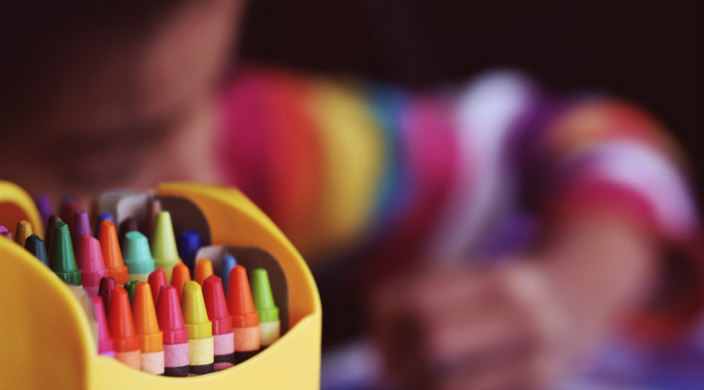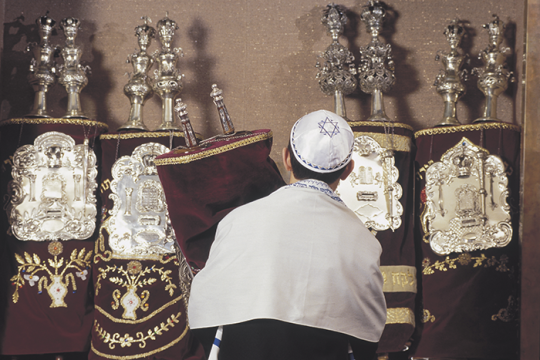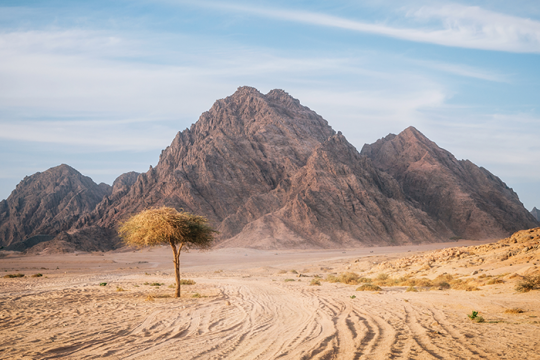
As someone who is half-Filipino and half-Hispanic and grew up in a diverse Dallas, TX neighborhood, I never gave much thought to the politics of skin color and how that affected me – at least not until I entered the Jewish community.
I don’t exactly fit the typical "Dallas Jew" profile because I am not white. I am proud of my heritage, but I never thought much about it until I found myself surrounded by people very different than those I grew up with.
I started working at my synagogue in the summer of 2015, which provided me with a great deal of good and bad experiences. I recall one particularly painful experience when a child asked me if I was “covered in mud” because of my skin color. After this incident, I wasn’t sure if I wanted to continue teaching. Still, something tugged at me and I decided to continue; I signed a contract to teach fourth-grade Judaica.
My first year was rocky to say the least. I wasn’t a natural teacher, and having been an only child who never babysat, I felt like I was in over my head. The kids persistently asked me why I converted.
“Did you marry someone Jewish?” "No," I’d reply.
“You grew up Catholic, right?” Again, I'd answer "no." Not all Hispanic people are Catholic; I was raised Baptist.
“Do you feel weird that you’re the only Hispanic person here?” Well, if I didn’t before, I sure do now!
All of this was beyond frustrating, and I was convinced I would not teach another year. I did not want to endure another year of questions about my conversion, my heritage, and my identity, and I was less than impressed with the lack of diversity included in the curriculum. Still, the rabbi persuaded me to give it another chance.
The moment that truly changed things for me was when I realized that I could write my own lesson plans, so I integrated my upcoming trip to Israel. My itinerary included visiting a community center that primarily served the Ethiopian Jewish community, so I taught the class about Operation Solomon, an Israeli military operation that resulted in more than 14,000 Ethiopian Jews being airlifted to Israel in the course of one day in 1991. As I was explaining the significance of the mission, one of the students interrupted.
“Wait, so why should we care about them?”
I stopped and stared at them, not quite sure what to think.
I thought carefully before I replied, “We care about them because they are Jews. Jews are responsible for each other and we’re a global family, even if we look different.”
“Oh, Okay.” She was satisfied with my explanation, but it wasn’t until later that day that I grasped how little the students knew about the Diaspora outside of the U.S. and Europe.
Since then, I’ve worked hard to integrate the spectrum of global Jewry into my lessons. The class learns about ancient Jewish communities in China and India, comparing their traditions to what my students do. I teach about Dia de Los Muertos (Day of the Dead) and how it is celebrated in Mexico before asking how it is similar to . The pictures in my classroom show the different faces of Judaism: Hispanic, white, Asian, Arab, etc.
Despite this, I sometimes wonder if these steps have been effective – if the kids remember them or just brush them off as another lesson. But then I remember one student I had a few years ago, whose mother was white and whose father was Hispanic. I was showing the class pictures of synagogues from all over the world, and when I showed them one in Spain, his face lit up.
“There are Jews there?”
I smiled and nodded.
“Are there Jews in Mexico?”
“Yup. It’s a small community, but there are Mexican Jews.”
“So they look like me?”
Again, I nodded, and the look of awe on his face was the confirmation I needed.
It is important to me that children are exposed to this true diversity of Judaism. With the growing population of Jews of Color, it is imperative that our curriculums reflect the richness and diversity of our community. I still find my Hispanic-Filipino identity clashing with my Jewish one, and it hasn’t been easy – but if that struggle means that young Jews of Color won’t ever question if they are really part of the community, it has been worth it.
Related Posts

Funny, You Don’t Look...

Spicing up my Hispanic Heritage and Embracing Sephardic Traditions

